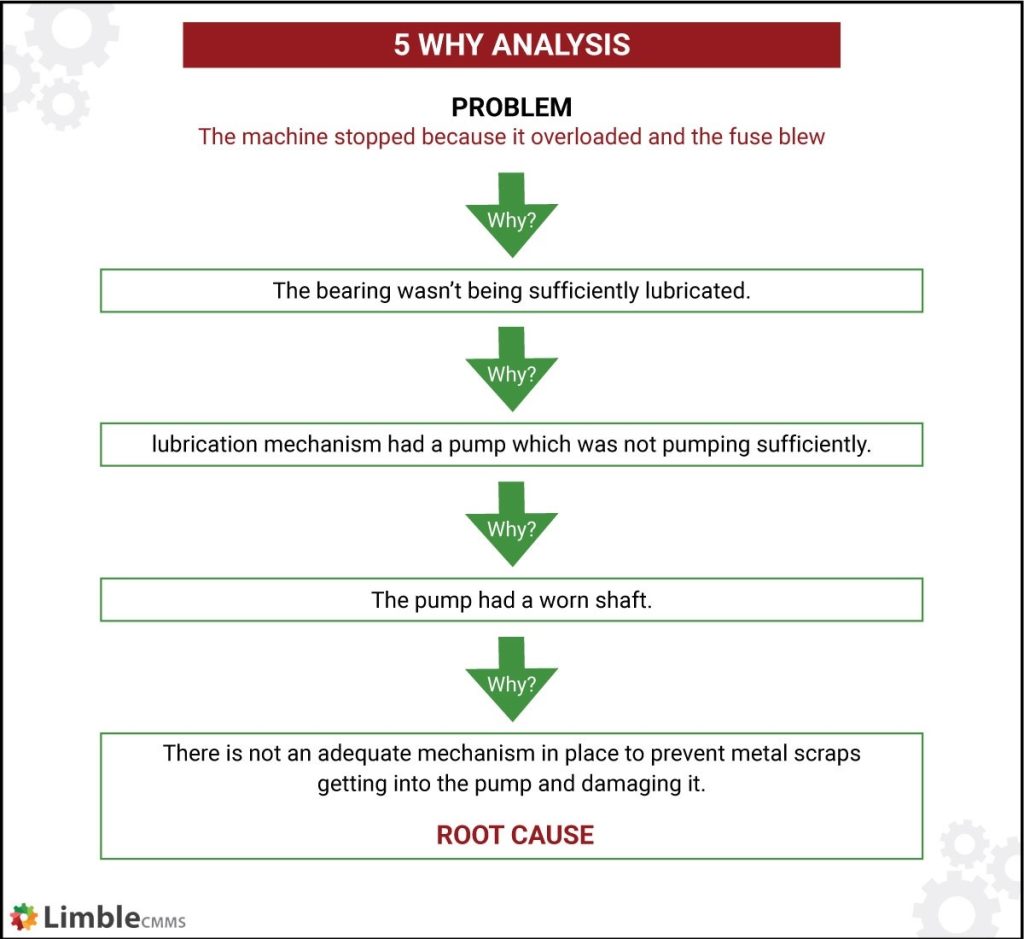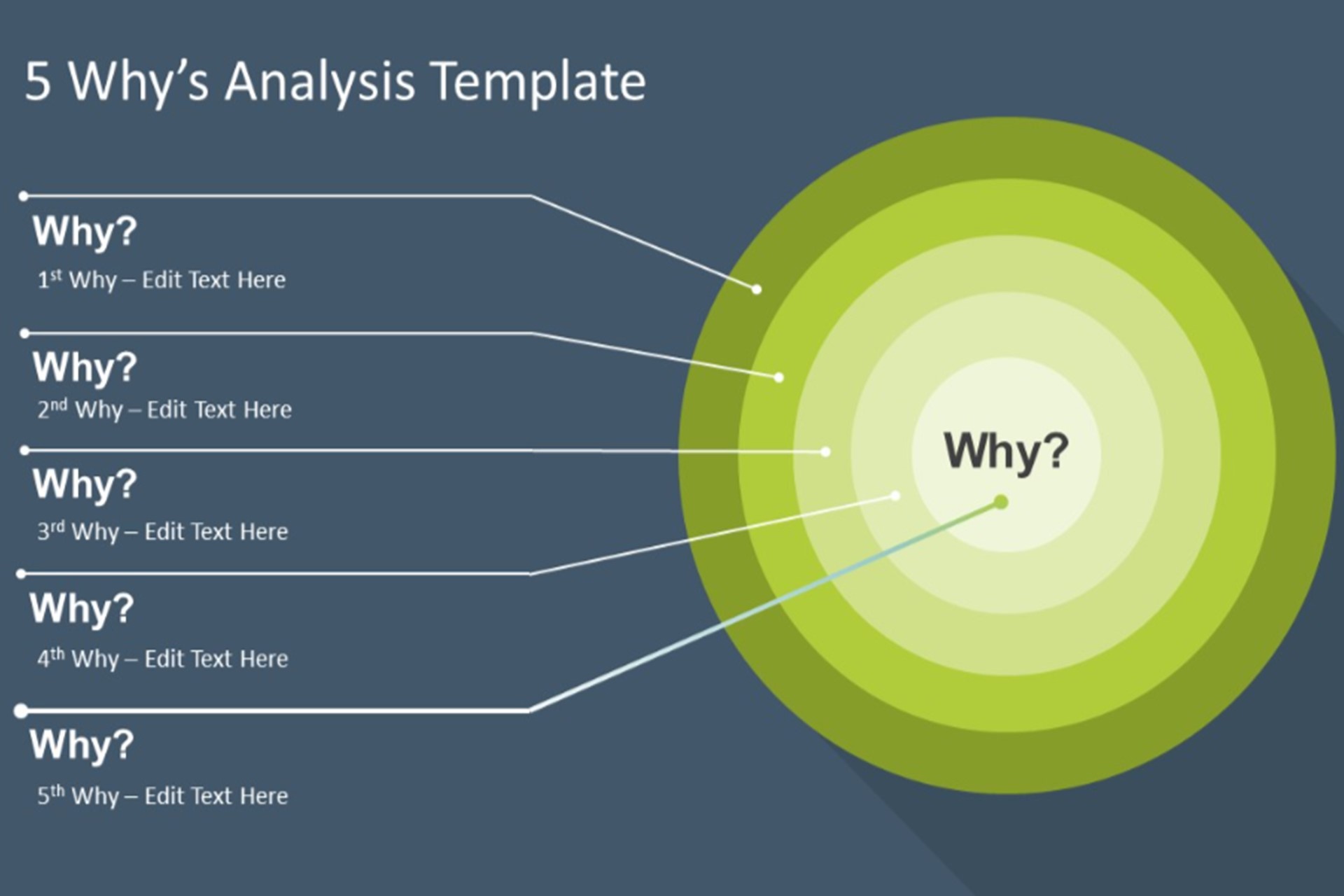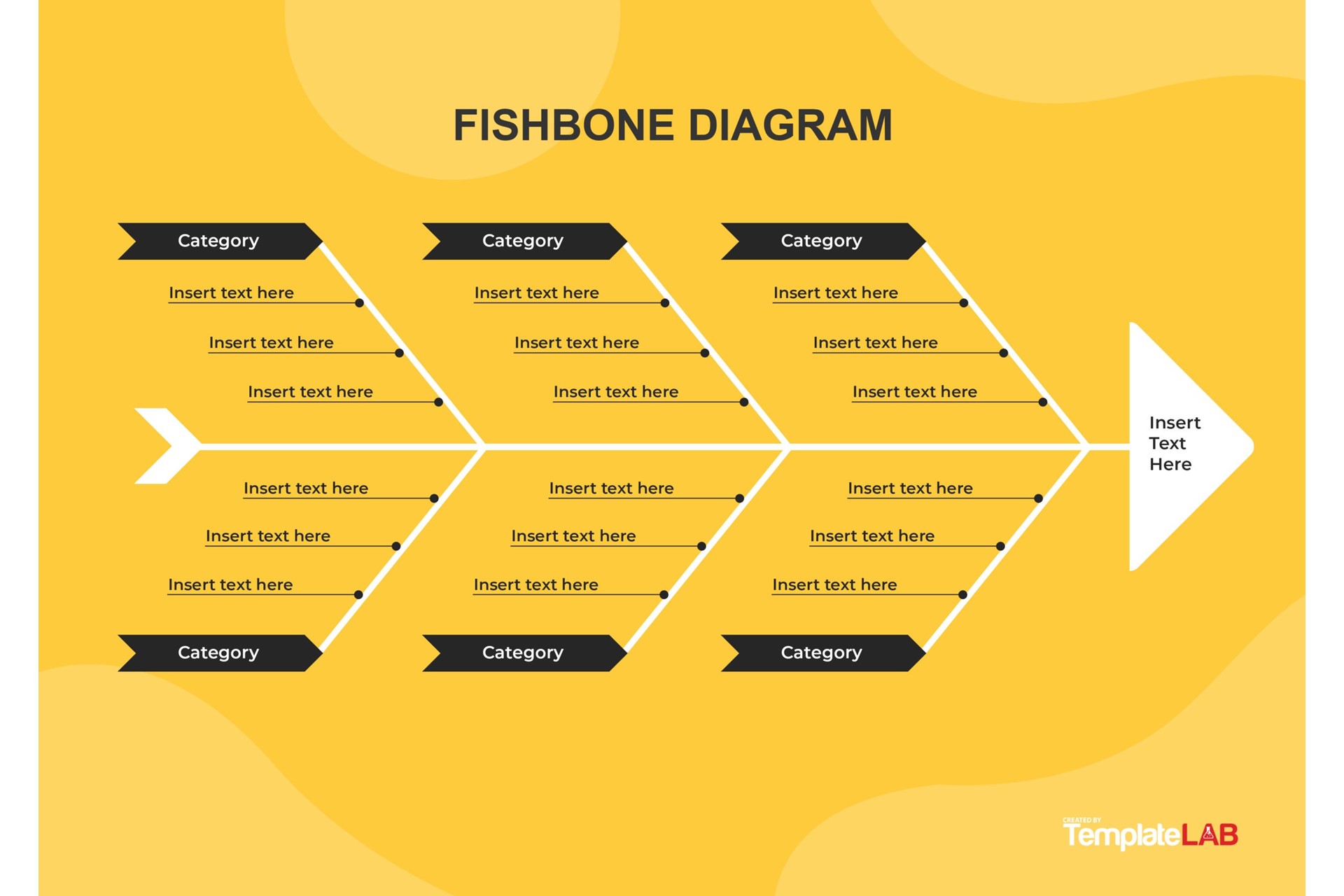You have a problem. You want to analyze it and solve it. But how do you know where to start? How do you find the root cause of the problem and prevent it from happening again? One simple and effective way to do that is to use the 5 Whys technique, a problem-solving tool that helps you dig deeper into the problem and find the underlying reason behind it.
In this article, we will explain what the 5 Whys technique is, how it can benefit you, and how to use it in different scenarios. By the end of this article, you will be able to master the 5 Whys technique and use it to solve problems and make decisions.
What is the 5 Whys technique?
The 5 Whys technique is a problem-solving method that involves asking “Why?” five times to get to the root cause of a problem. The idea is that by repeatedly asking why something happened, you can peel away the layers of symptoms and reveal the core of the issue.
The 5 Whys technique was developed by Sakichi Toyoda, the founder of Toyota Industries, in the 1930s. He used it to improve the quality and efficiency of his manufacturing processes. Later, it became part of the Toyota Production System, a set of principles and practices for lean management.
The 5 Whys technique is based on the assumption that every problem has a single root cause that can be uncovered by asking why five times. However, in reality, some problems may have multiple or complex causes that require more than five whys or other tools to analyze.
What are the benefits of the 5 Whys technique?
The 5 Whys technique offers many benefits for problem-solving and decision-making. Here are some of them:
- It is easy to use and understand. You don’t need any special skills or tools to use the 5 Whys technique. All you need is a pen and paper or a whiteboard. Anyone can learn and apply it quickly and easily.
- It helps you find the root cause of the problem. The 5 Whys technique helps you avoid jumping to conclusions or treating the symptoms instead of the cause. By asking why five times, you can uncover the underlying reason behind the problem and address it effectively.
- It helps you prevent future problems. The 5 Whys technique helps you identify and eliminate the root cause of the problem, not just fix it temporarily. By doing so, you can prevent the problem from recurring or causing other problems down the line.
- It improves communication and collaboration. The 5 Whys technique helps you involve your team members or stakeholders in the problem-solving process. By asking why together, you can share your perspectives, opinions, and knowledge, and reach a consensus on the best solution.
- It stimulates critical thinking and creativity. The 5 Whys technique helps you challenge your assumptions and biases and think outside the box. By asking why five times, you can explore different possibilities and solutions for the problem.
How to use the 5 Whys technique?
Using the 5 Whys technique is simple and straightforward. You can follow these steps:
- Define the problem clearly and write it down. For example, “Our website traffic has dropped by 50% in the last month”.
- Ask “Why?” and write down the answer. For example, “Because our ranking on Google has dropped”.
- If the answer doesn’t reveal the root cause of the problem, ask “Why?” again and write down another answer. For example, “Because our website speed is slow”.
- Repeat this process until you find the root cause of the problem or until asking “Why?” no longer produces a useful answer. Ideally, this should happen by the fifth why, but sometimes you may need more or less than five whys depending on the complexity of the problem.
- Once you find the root cause of the problem, develop and implement a solution to address it. For example, “We need to optimize our website speed by using a better hosting service, compressing images, and removing unnecessary plugins”.
Here is an example of a 5 Whys analysis for the problem of low website traffic:
Problem: Our website traffic has dropped by 50% in the last month.
Why? Because our ranking on Google has dropped.
Why? Because our website speed is slow.
Why? Because our hosting service is unreliable.
Why? Because we chose the cheapest option available.
Why? Because we didn’t do enough research on the best hosting services for our needs.
Root cause: We chose the cheapest hosting service without doing enough research.
Solution: We need to optimize our website speed by using a better hosting service, compressing images, and removing unnecessary plugins.
Another example is given below:

How to use the 5 Whys technique in different scenarios?
The 5 Whys analysis can be used in various scenarios where you need to solve problems or make decisions. Here are some examples:
- In software development, you can use the 5 Whys analysis to troubleshoot bugs or errors, improve user experience or satisfaction, or optimize performance or security. For example, you can use the 5 Whys technique to find out why your app is crashing frequently, what causes users to abandon your app, or how to make your app faster or safer.
- In marketing, you can use the 5 Whys analysis to understand customer behavior or feedback, improve customer retention or loyalty, or increase conversions or sales. For example, you can use the 5 Whys technique to find out why your customers are not buying your product, what makes them loyal to your brand, or how to persuade them to take action.
- In project management, you can use the 5 Whys analysis to identify and mitigate risks, resolve conflicts or issues, or improve quality or efficiency. For example, you can use the 5 Whys technique to find out why your project is delayed, what causes conflicts among your team members, or how to deliver your project on time and within budget.
Conclusion
The 5 Whys analysis is a simple and effective problem-solving tool that helps you find the root cause of a problem and prevent it from happening again. It can also help you improve communication and collaboration, stimulate critical thinking and creativity, and make better decisions.
If you want to master the 5 Whys analysis and use it to solve problems and make decisions, you can follow these steps:
- Define the problem clearly and write it down.
- Ask “Why?” and write down the answer.
- Repeat this process until you find the root cause of the problem or until asking “Why?” no longer produces a useful answer.
- Develop and implement a solution to address the root cause of the problem.
You can also use the 5 Whys analysis in various scenarios where you need to solve problems or make decisions, such as software development, marketing, or project management.
We hope this article has helped you understand what the 5 Whys analysis is, how it can benefit you, and how to use it in different scenarios. By using the 5 Whys analysis, you can master problem-solving and achieve better results.
Template:
https://www.michigan.gov/-/media/Project/Websites/mde/2020/04/02/5_Whys_Worksheet.pdf?rev=1a4a151a2fbf4e56a0f88dd1ad43452f



